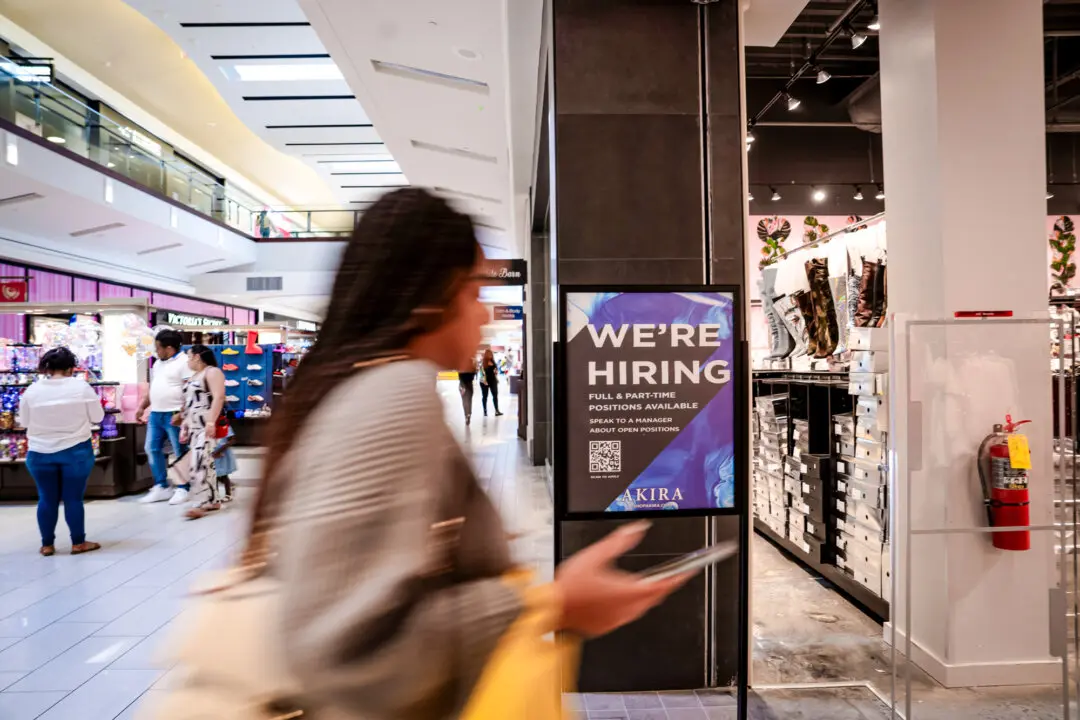Nearly every type of loan was harder to obtain in the fourth quarter as lenders requested higher credit scores and applied higher interest rates, according to findings from the latest quarterly Federal Reserve study.
The U.S. central bank’s latest Senior Loan Officer Opinion Survey (SLOOS) on Bank Lending Practices, consisting of 84 banks, found that financial institutions tightened their lending standards for credit cards, mortgages, home equity lines of credit (HELOC), auto loans, and other consumer-related loans.





